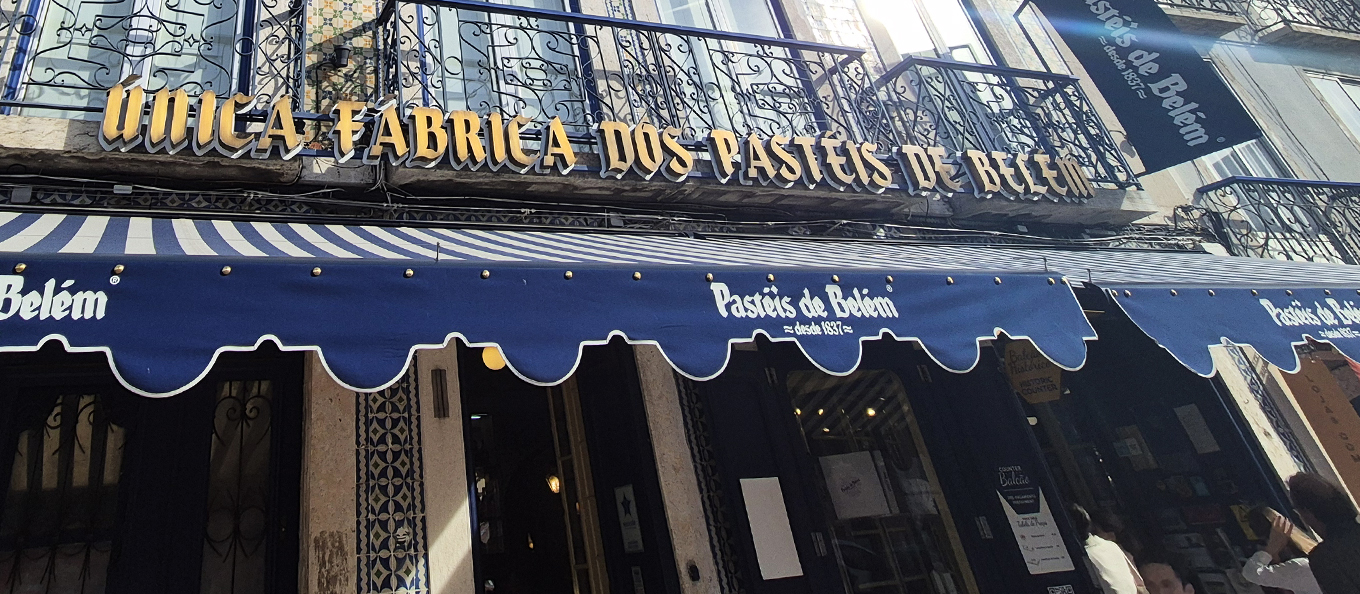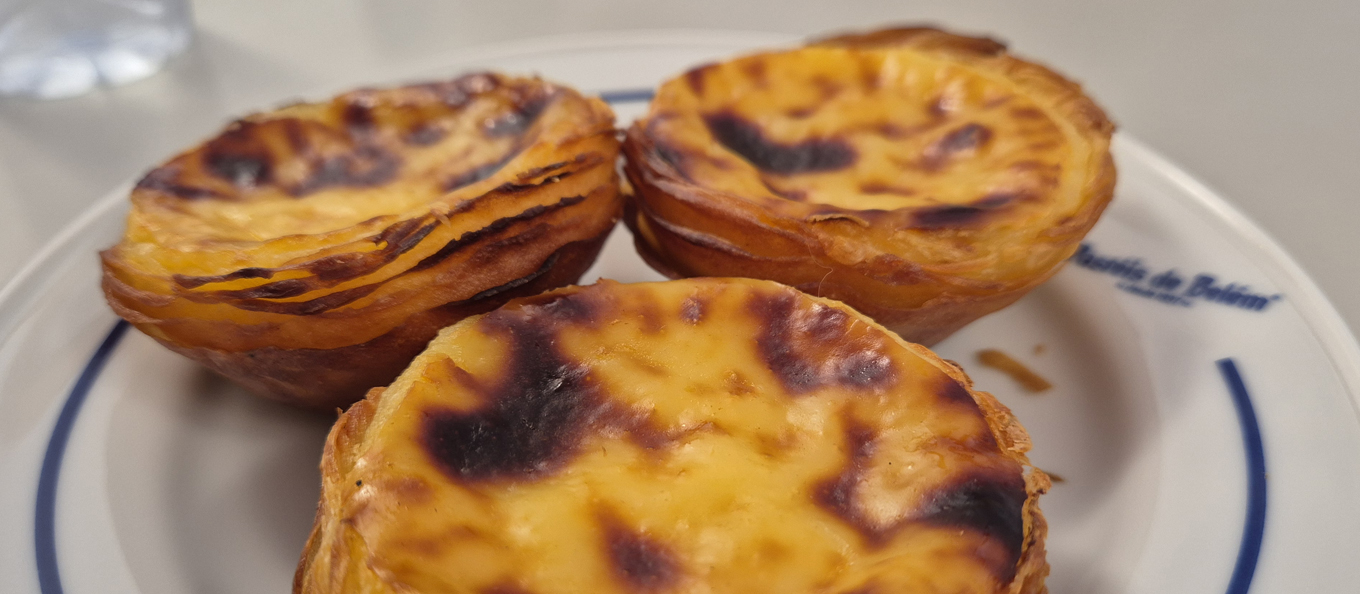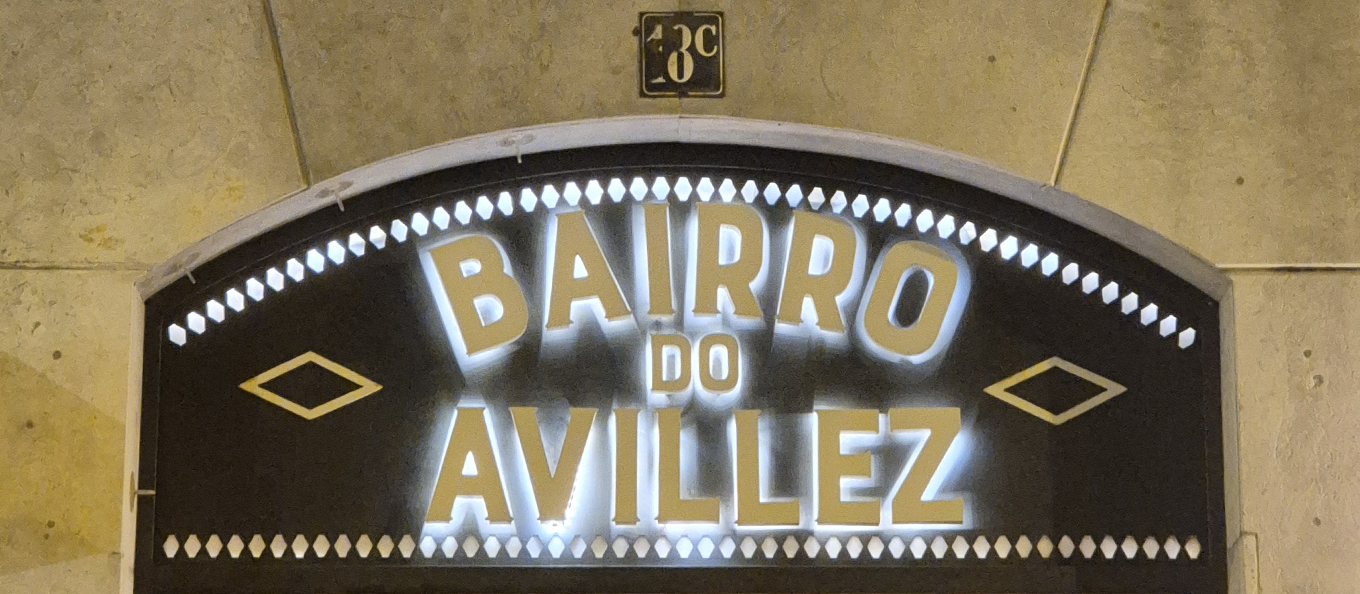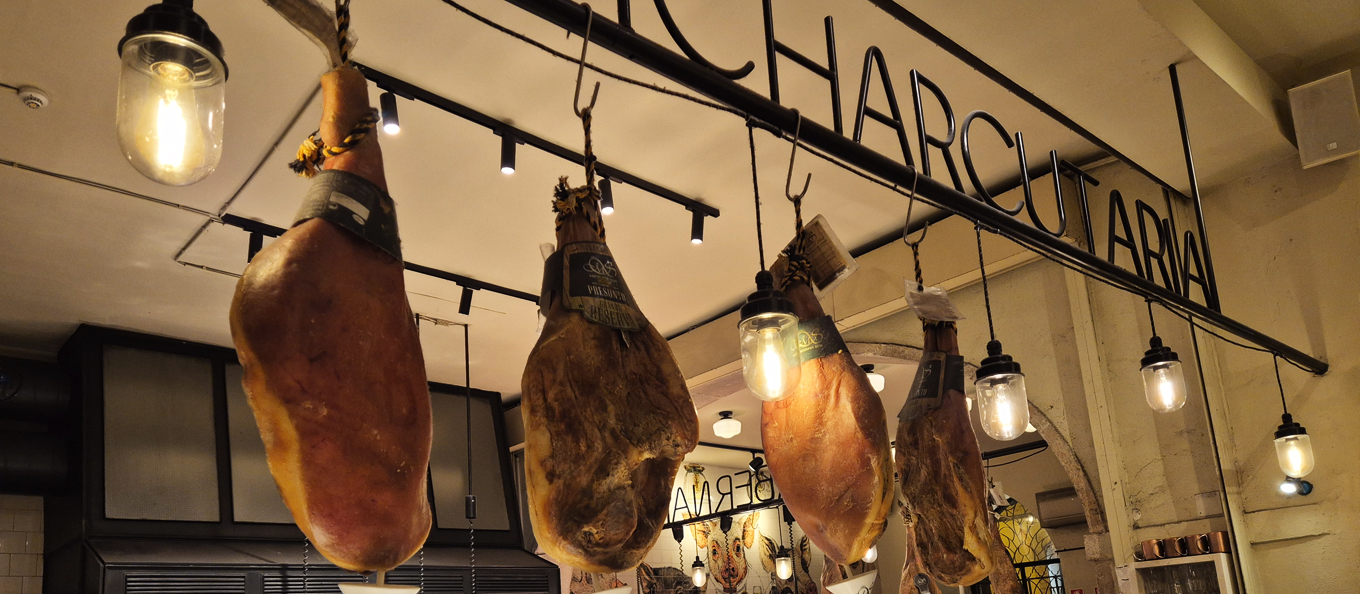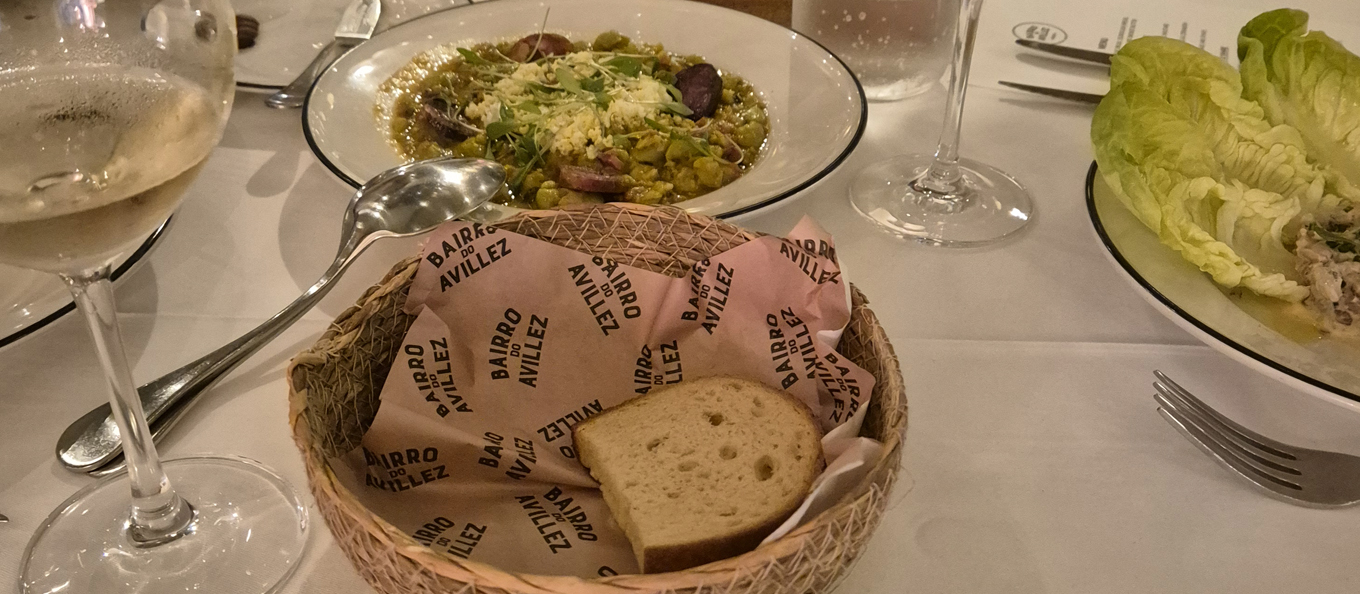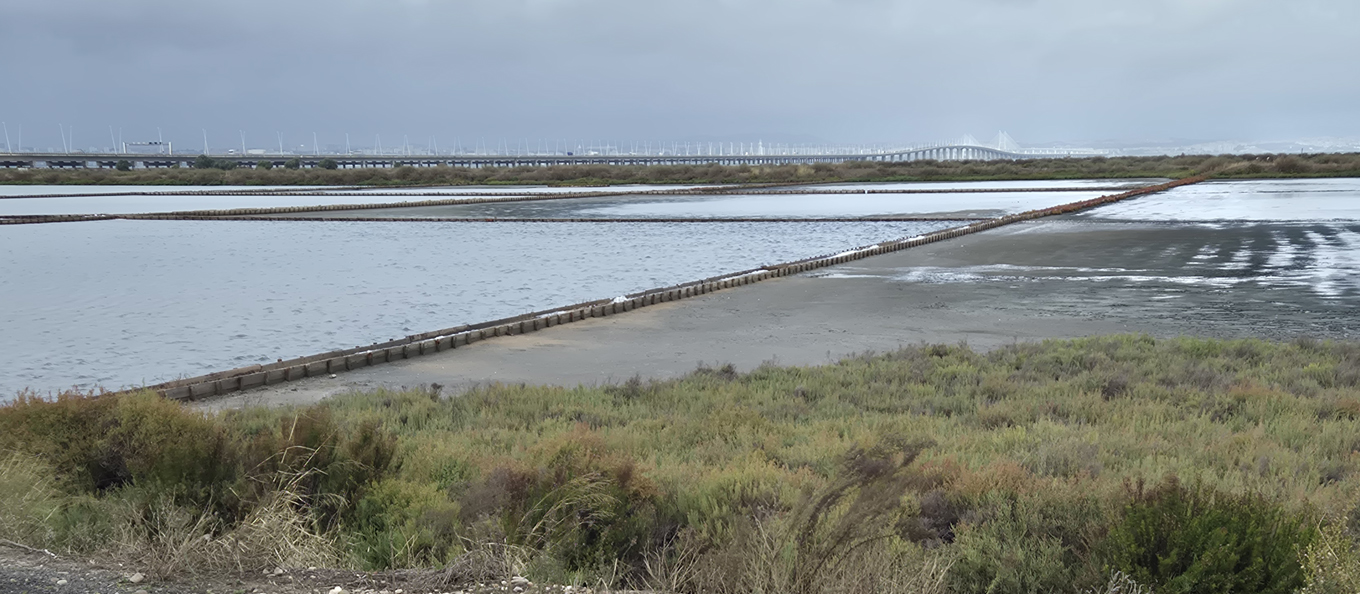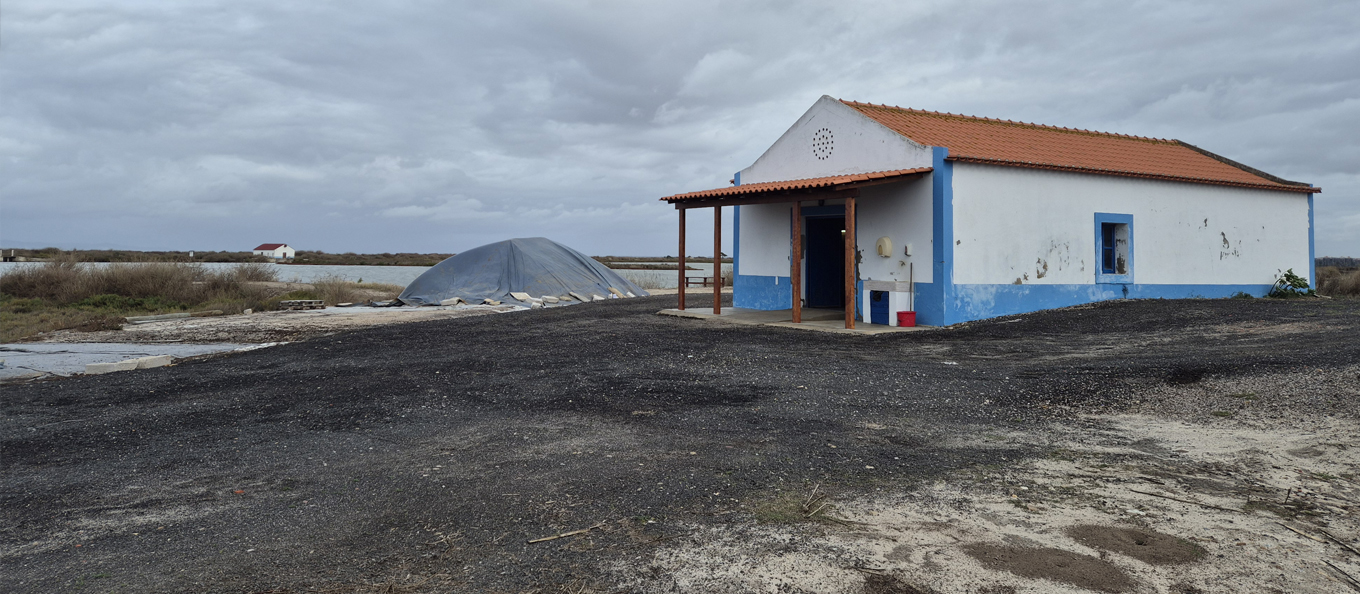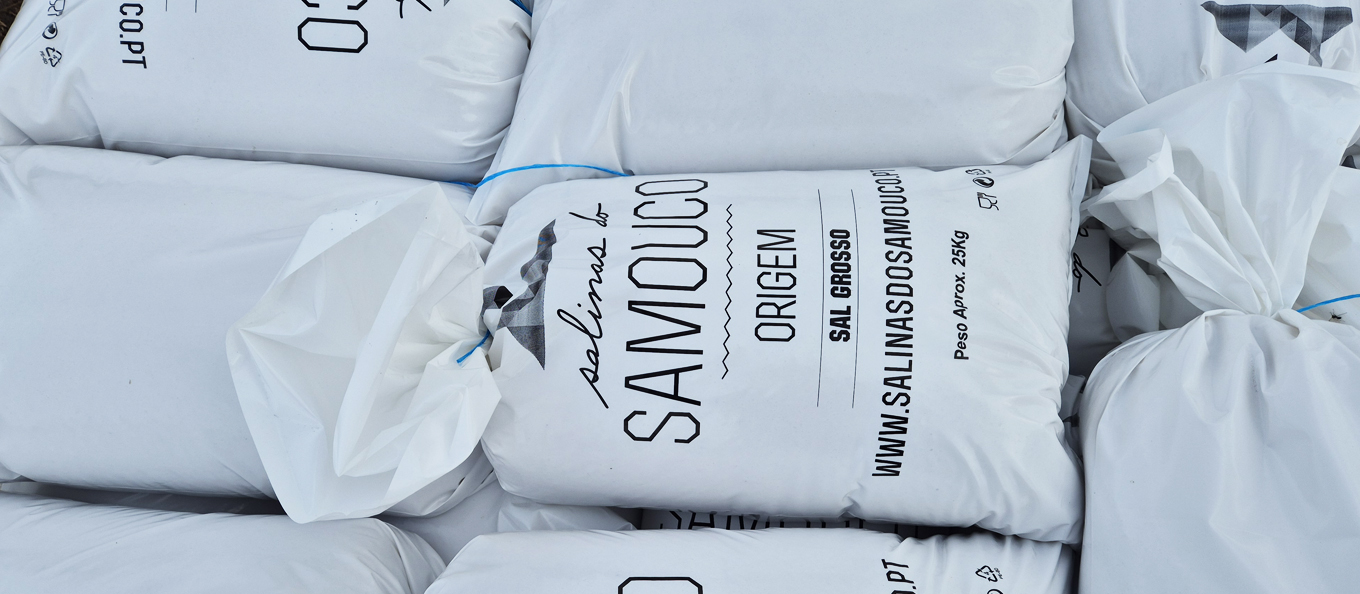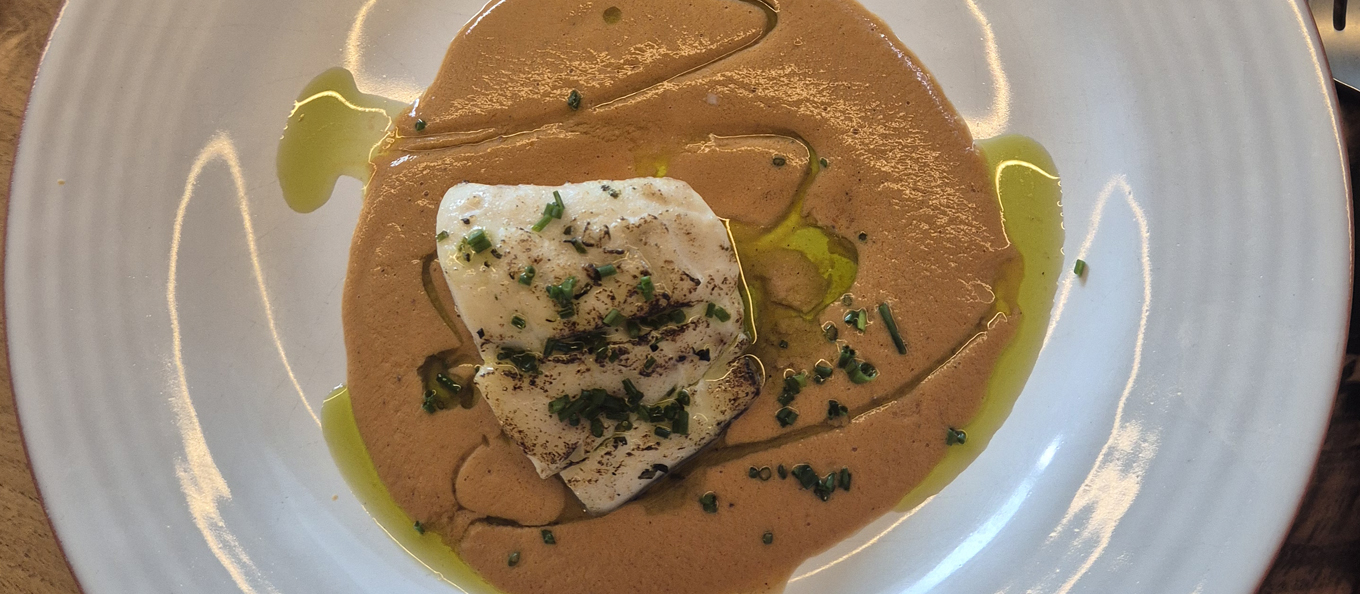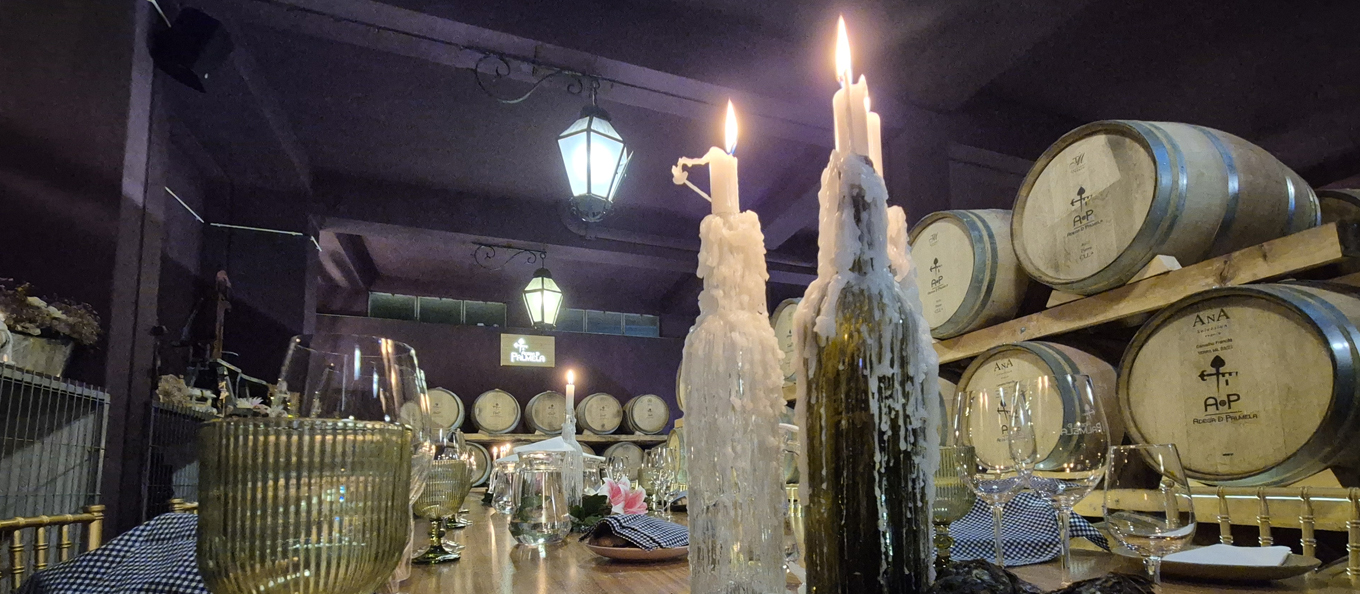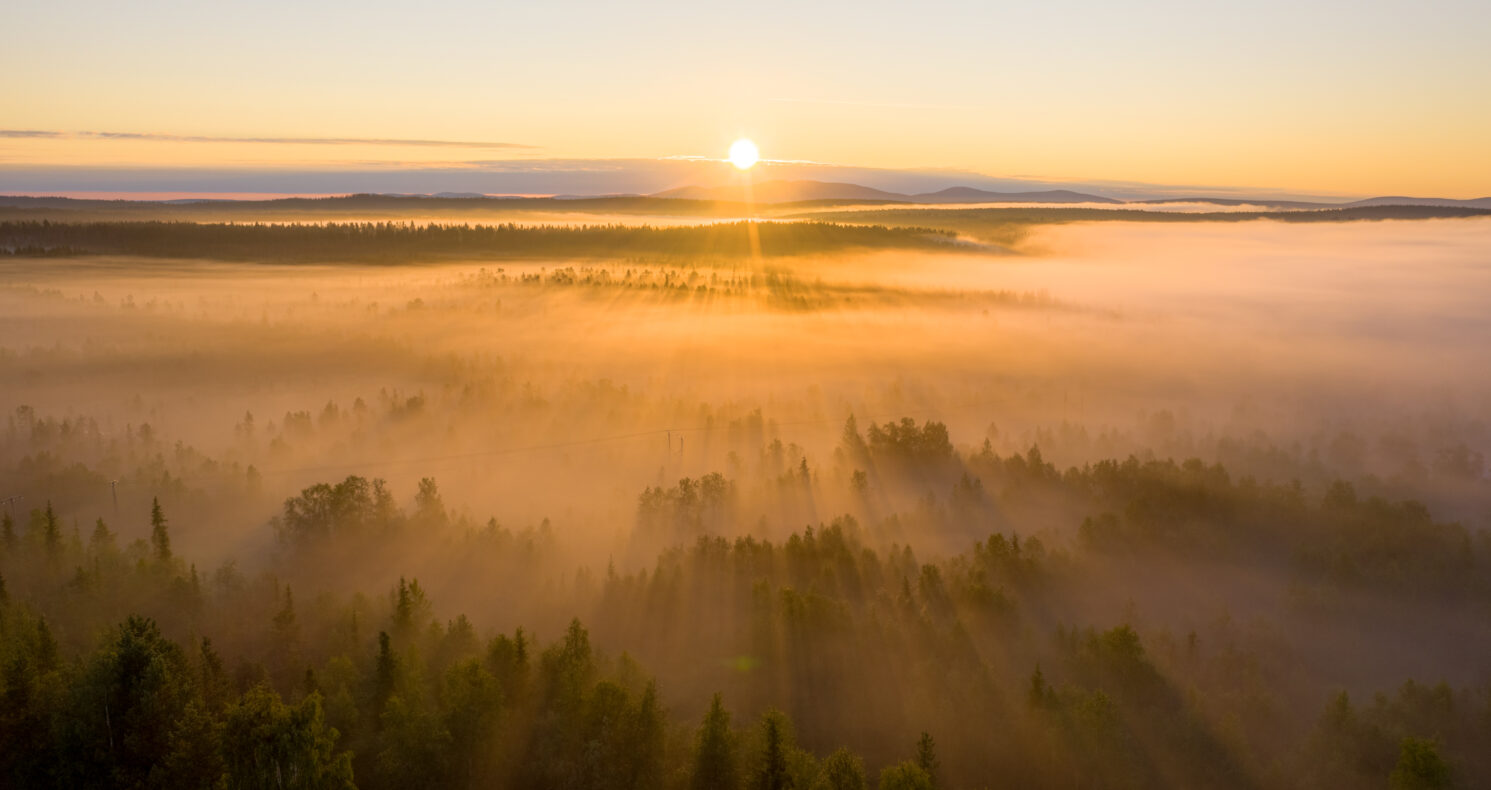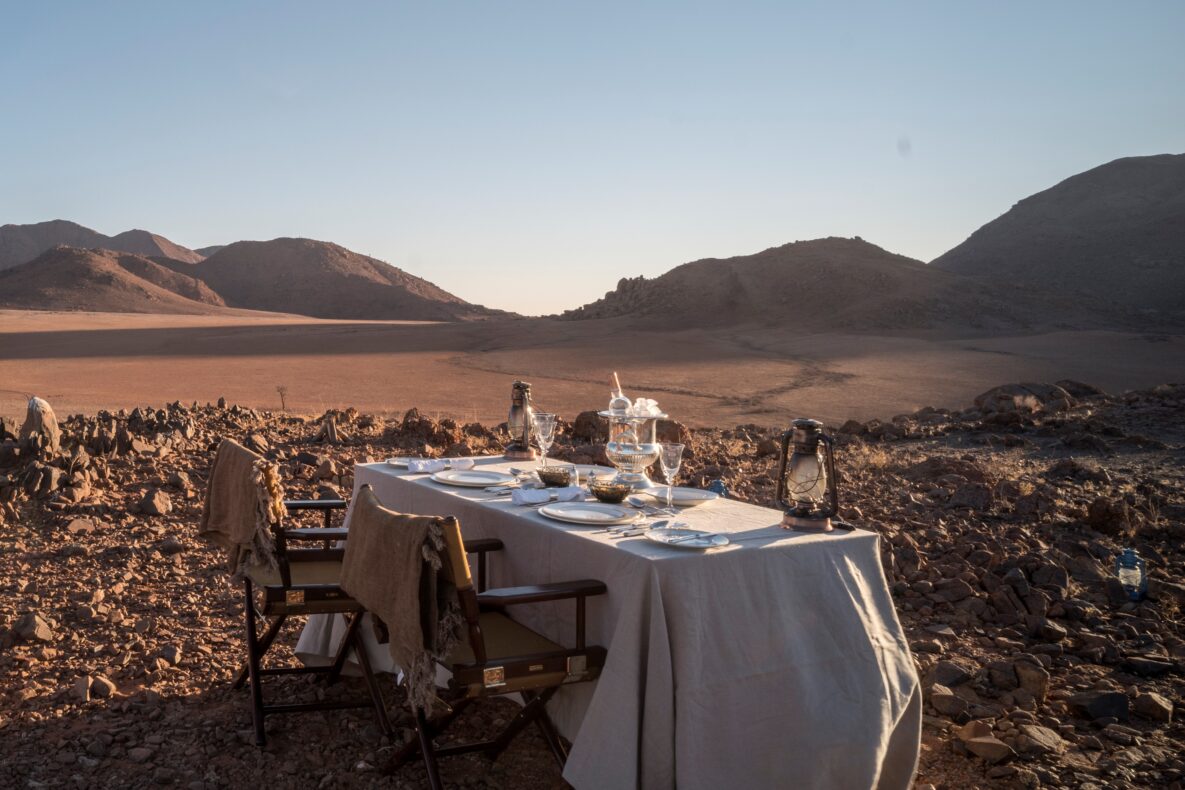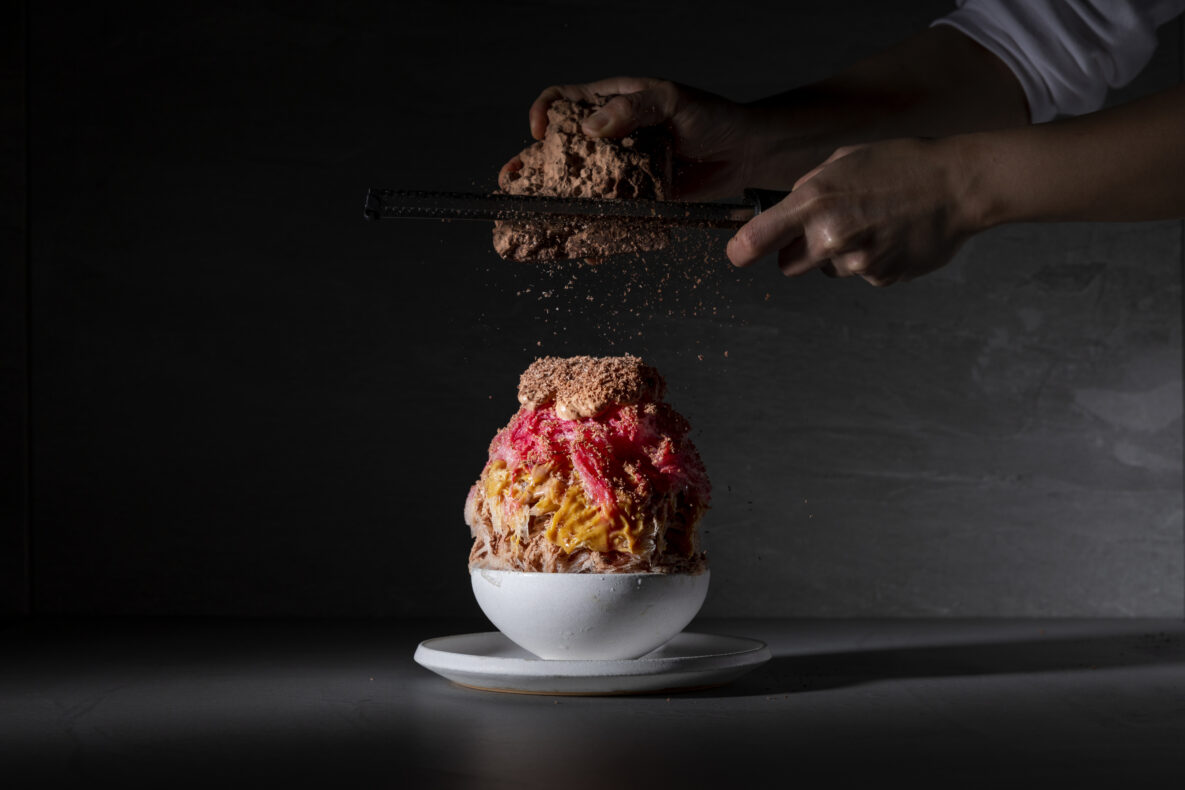FOODIES PARADISE
At the invitation of Visit Lisboa, I will have three days to explore Lisbon at the end of October. The program has been put together with the aim of discovering the city from a culinary perspective. Lisbon for foodies! After my flight of less than three hours from Amsterdam, I am picked up at the airport and taken to my hotel in the heart of Alcântara art district, one of Lisbon’s most important cultural areas.
MACAM HOTEL
Wow! The newly opened five-star MACAM hotel where I am staying is located in the beautifully restored Palácio Condes da Ribeira Grande, an 18th-century palace with a chapel that has been expanded with a futuristic wing. The whole is connected through a garden with mirrored water features, sculptures and contemporary architectural elements.
Upon receiving it, I get an envelope pressed into my hands. In it is the program for the next few days, and for the first day on which I may entertain myself, I am given a Lisboa Card. Not only does this pass allow you to use public transportation for free, it is also a ticket to as many as 51 sights, including Lisbon’s most important monuments and attractions.
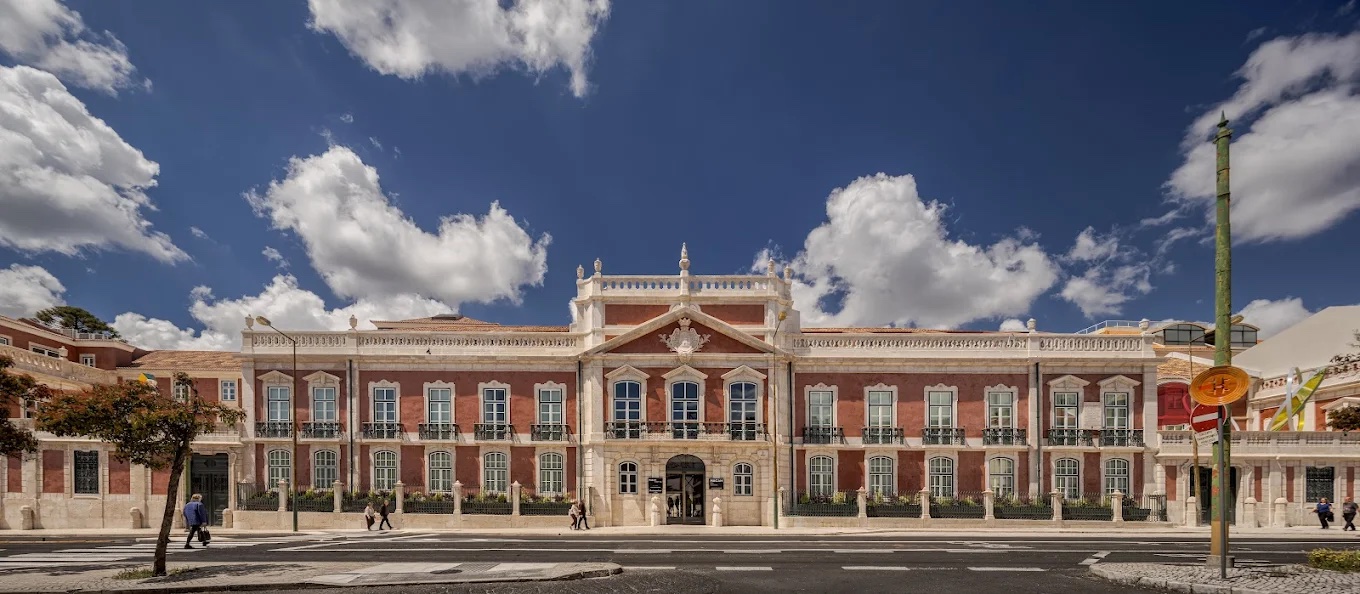

ALCÂNTARA
I decide to indulge in room service and then walk through the neighborhood to the Tagus River. On the bank, people are chilling in the low-hanging afternoon sun. I enjoy the beautiful view of the bright orange Ponte 25 de Abril, Europe’s longest suspension bridge that is an exact copy of the Golden Gate Bridge in San Francisco.
A little further on, I walk into the LX Factory, an area full of old factory buildings where you are surrounded by street art. It is a stronghold of creatives and artists and a magnet for culture lovers, bursting with restaurants, bars and stores.
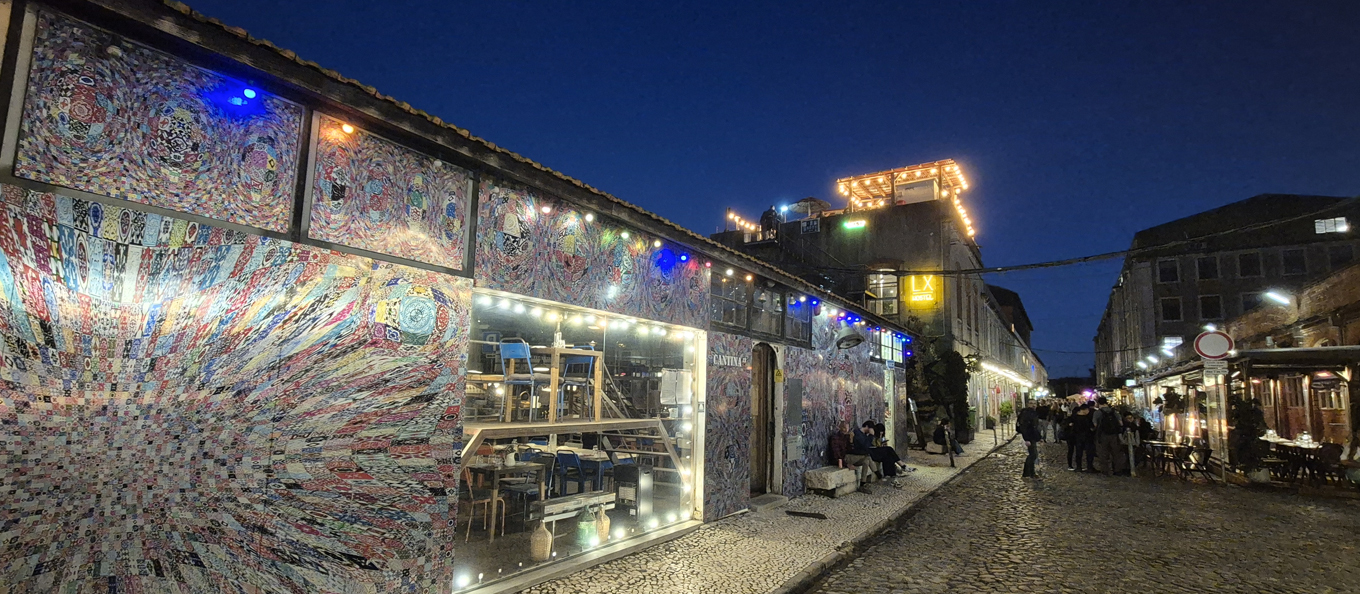
MACAM MUSEUM
Back at the hotel, I visit the museum of which it is a part: the Museu de Arte Contemporânea Armando Martins, which displays the collection of Portuguese modern art and national and international contemporary art that collector Armando Martins started in 1974. Highlights in the four galleries include works by Amadeo de Sousa Cardozo, Paula Rego, Thomas Struth and Marina Abramović. In addition to the permanent exhibition, MACAM also has temporary exhibitions that are unfortunately just being changed at the time of my visit.
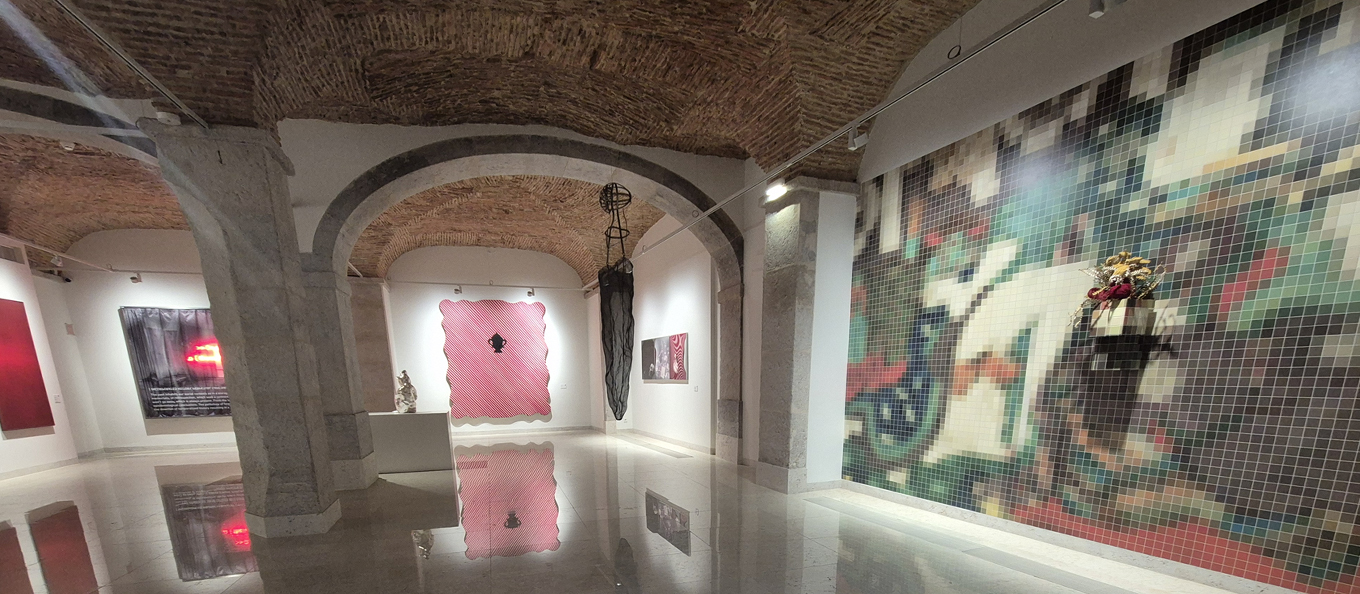
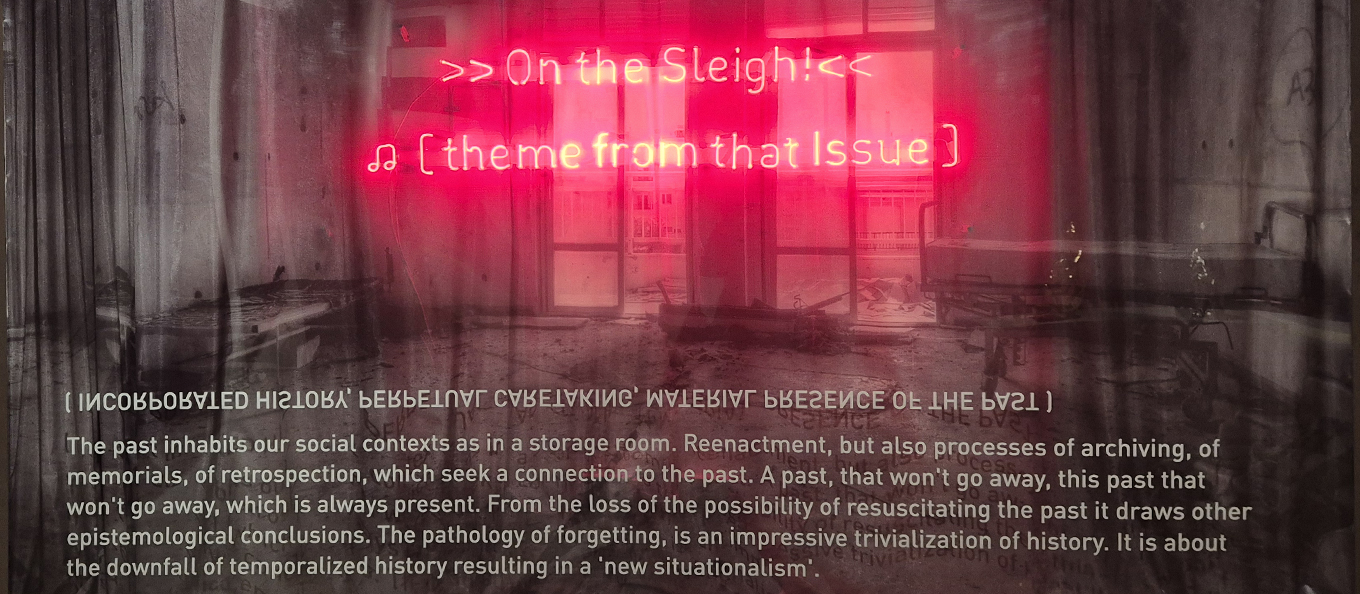
CONTEMPORÂNEO FOOD & WINE
Over dinner at Contemporâneo Food & Wine, I meet the rest of the international party. It turns out to be an interesting mix of travel professionals that includes three Dutch, three Americans, one Polish, one Czech, one Irish and the colorful and passionate Portuguese host of Visit Lisboa. We are served numerous courses of artwork dishes, from tender white veal to steak tartare, and the regional wine flows profusely.
MERCADO DE CAMPO DE OURIQUE
Early the next morning we visit the Mercado de Campo de Ourique; the market in the Campo de Ourique neighborhood where locals come to buy their fresh fish and vegetables. We do some shopping there for lunch, which we will prepare later that day during a cooking workshop at Prep in the Benfica district. Here we learn to prepare typical Portuguese dishes in which dried salted”bacalhau” (cod or stockfish) – the country’s national dish – plays the main role. We make Peixinhos da Horta (green bean tempura), Bacalhau à Brás (cod with onions, garlic, eggs, bay leaf, olives and thinly sliced chips) and Arroz-Doce, a delicious sweet rice pudding.
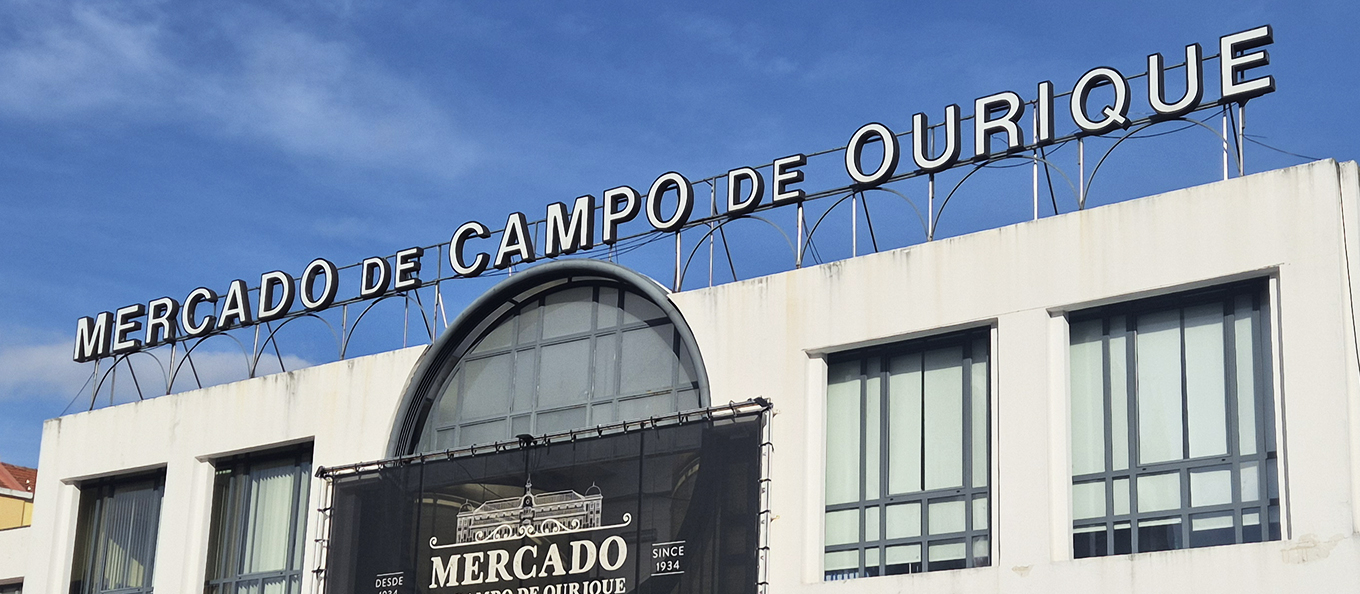
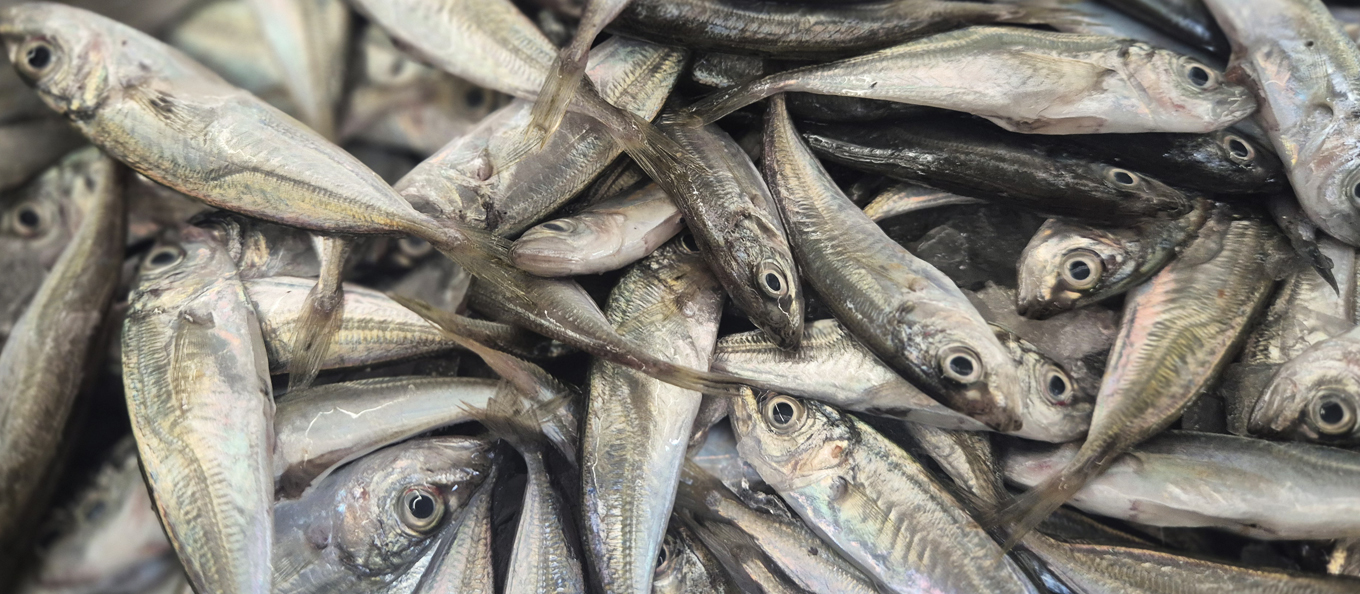
PASTÉIS DE BELEM
Pastéis de nata is one of the most famous sweets in Portuguese cuisine. The monumental Mosteiro dos Jerónimos in Belèm is where monks developed the recipe around 1837. It is said that only four people have its original recipe. We enter the bakery located next to the monastery. Only the cakes from this bakery are allowed to bear the name Pastel de Belém, because the original, secret recipe is followed here. We take a peek into the kitchen and taste the unique flavor of the iconic custard tart, a delicious blend of a crisp, buttery crust and a creamy custard filling.
CENTRUM
On the picture-perfect Praca do Comércio in the city center is the Bacalhau Museum/Codfish History Interpretation Centre, an interactive museum depicting the harsh conditions faced by the fishermen who fished for Bacalcau in years gone by. Pretty fun, but for kids. We climb viewpoint Arco da Rua Augusta on Praca do Comércio, stroll the shopping street a bit and have a shot of Ginja liqueur, a typical Portuguese liqueur made by soaking ginja cherries in alcohol with sugar and spices such as cloves or cinnamon, at A Ginjinha.
BAIRRO DO AVILLEZ
For dinner we slide into Bairro do Avillez, one of star chef José Avillez ‘ restaurants and, as far as I’m concerned, one of the highlights of my entire Lisbon adventure. The atmosphere is great, and here too we are treated to culinary excesses. We enjoy numerous courses of shared dining, from tuna tartare with chives and prawns with cilantro rice to the traditional Bitoque, again accompanied, of course, by beautiful wines.
SALINAS DO SAMOUCO
The following day we drive south, across the bridge, past a large statue – inspired by the famous one in Rio de Janeiro – of Jesus Christ built after World War II as a symbol of peace and gratitude. The distant salt pans of Samouco await. These are known for the wealth and abundance of birds during high tides throughout the Tagus River area. We see domesticated wild asses, get a tour of the salt marshes and are made aware of the numerous bird species that perch here besides the flamingo.
SETÚBAL
After a short break for a taste of the creamy mountain cheese Queijo de Azeitão with a glass of Muscatel sweet as honey, we change into FWDs and head off-road into the mountains through Parque Natural da Arrábida in Setúbal. Its beauty is unparalleled and the views of the blue hues of the ocean, the white of the limestone formations and the green of the lush vegetation covering the mountain range are endless. Offshore, we see the elongated peninsula of Tróia where groups of dolphins can be seen off the coast.
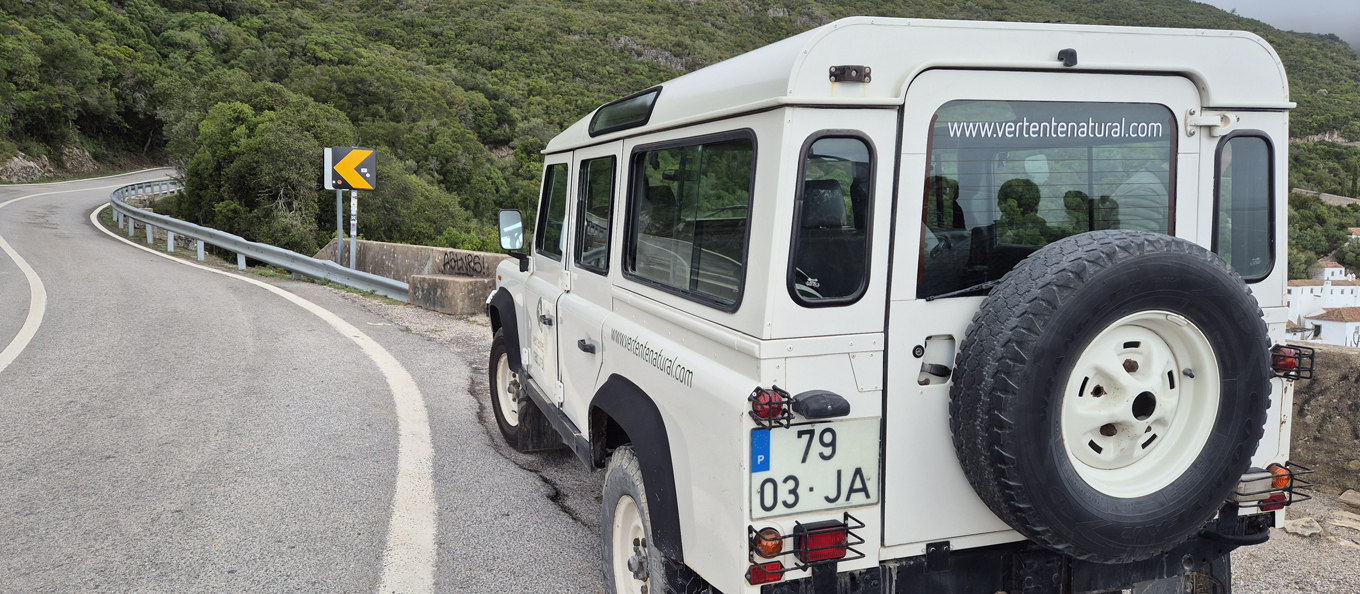
We have lunch at Selo de Mar, a recently opened restaurant that serves traditional Portuguese dishes with a focus on sustainable and local ingredients. It produces, serves and sells garum (a fermented fish sauce) inspired by Roman and Portuguese fish processing methods.
PALMELA
We conclude with a wine tasting at Adego de Palmela, where we are warmly welcomed with regional wines. It has a factory-like feel, partly because the vineyards are remote. We taste a white and red Vale dos Barris and the Vale de Touros Syrah Premium Reserve. Cherry on the cake is the 15-year aged brown colored muscatel.
TIPS:
For a great winery experience visit Caves São João, a bit of a drive north of Lisbon in the Bairrada region. Here there are wines of all years from 1960 onwards so great fun if you have an anniversary or birthday to celebrate.
Top restaurant in the center is Pinoquio; does not take reservations so it is joining the queue.


